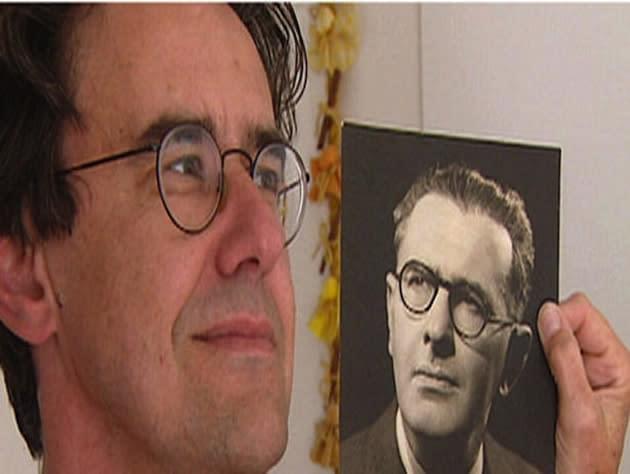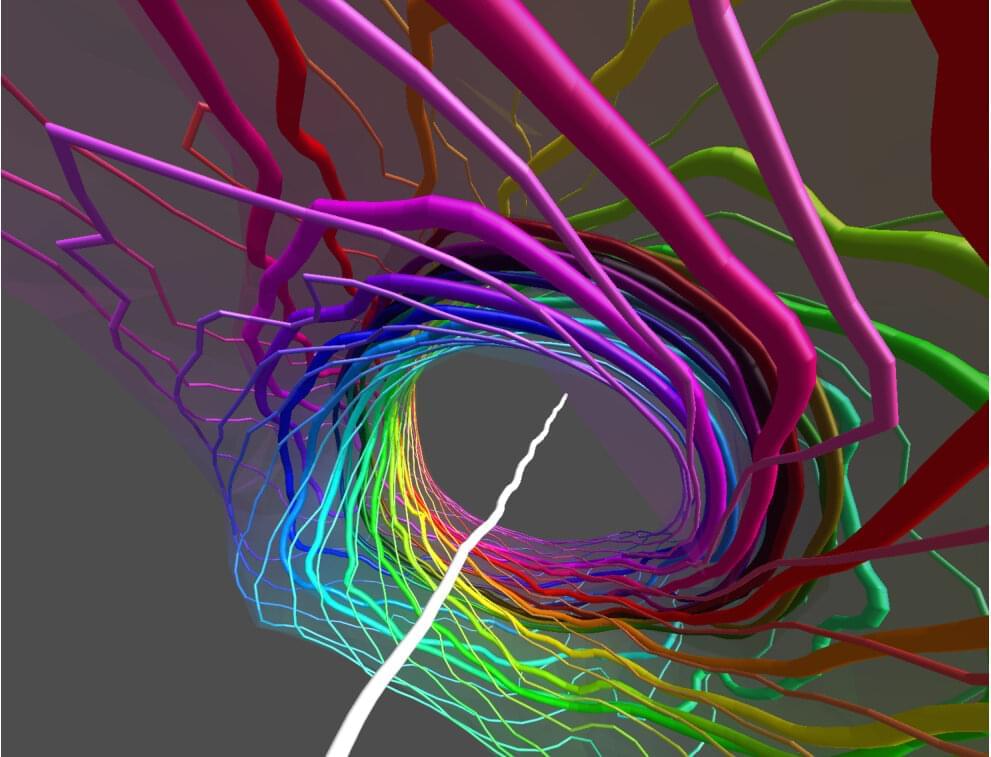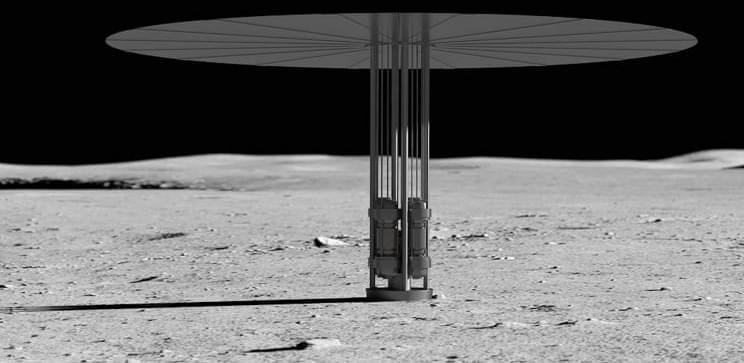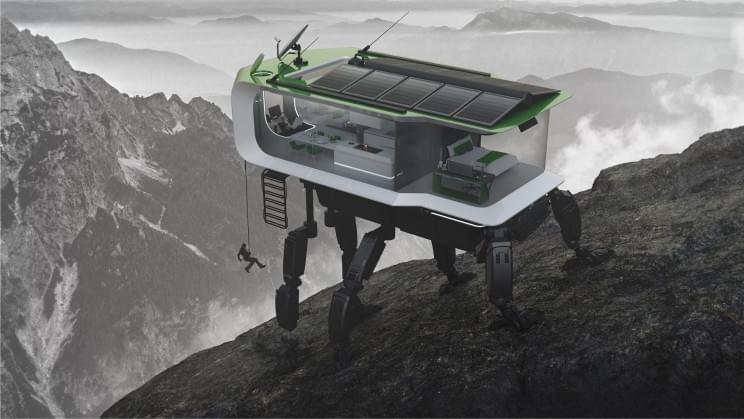Nov 22, 2021
British man allegedly fathered up to 600 children through sperm bank donations
Posted by Quinn Sena in category: biotech/medical
Circa 2012 o.o
New DNA tests suggest the owner of a British fertility clinic may have fathered as many as 600 children, while keeping his donations a secret. And in an even stranger twist, one of his newly discovered offspring says the man’s belief in eugenics may have been behind the decision.
The Telegraph reports that Bertold Wiesner and his wife operated a fertility clinic in the 1940s and were responsible for helping more than 1,500 families conceive. Two of the children conceived through clinic donations, Barry Stevens and David Gollancz, took part in DNA testing that revealed both were conceived using Wiesner’s sperm.
Continue reading “British man allegedly fathered up to 600 children through sperm bank donations” »


















